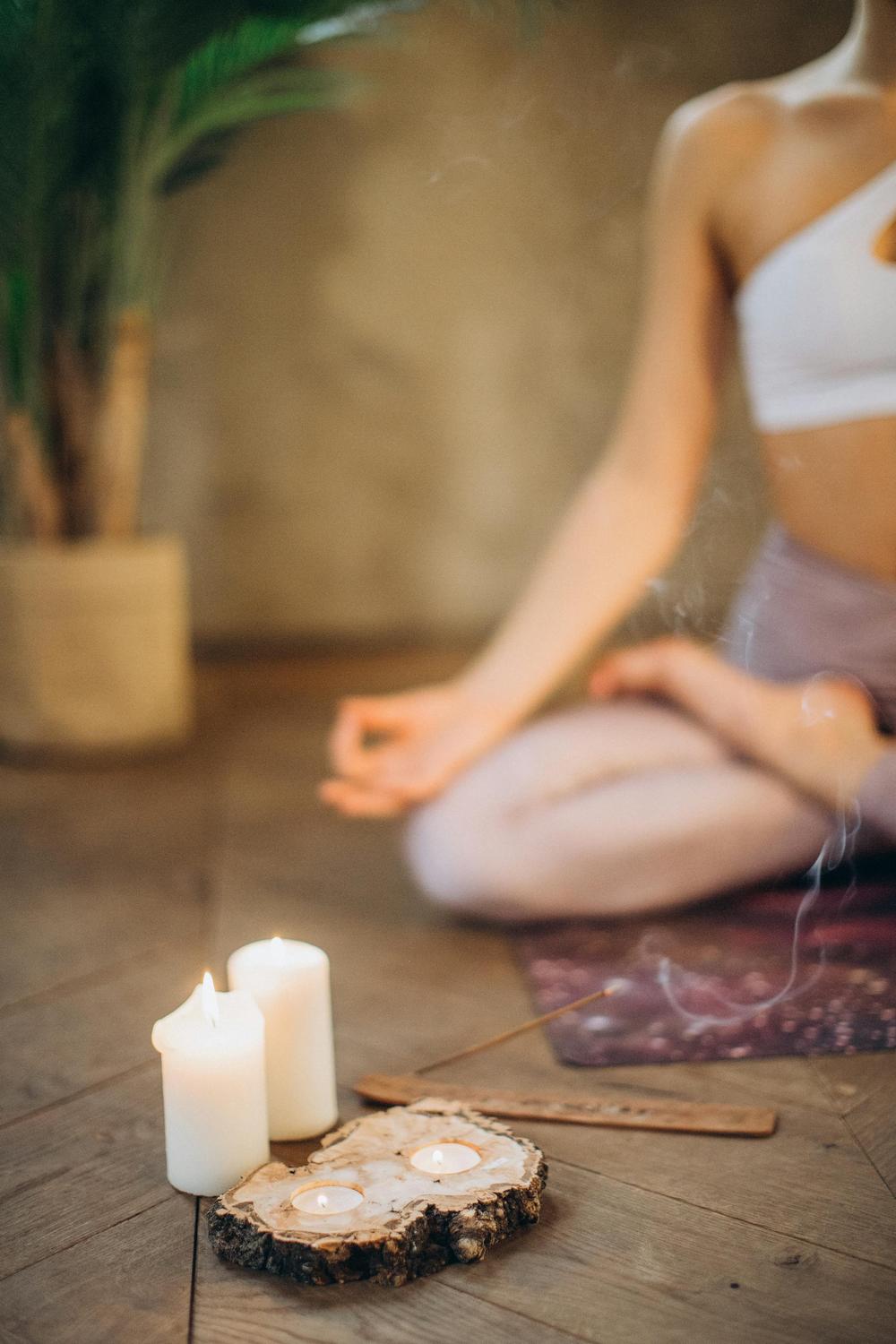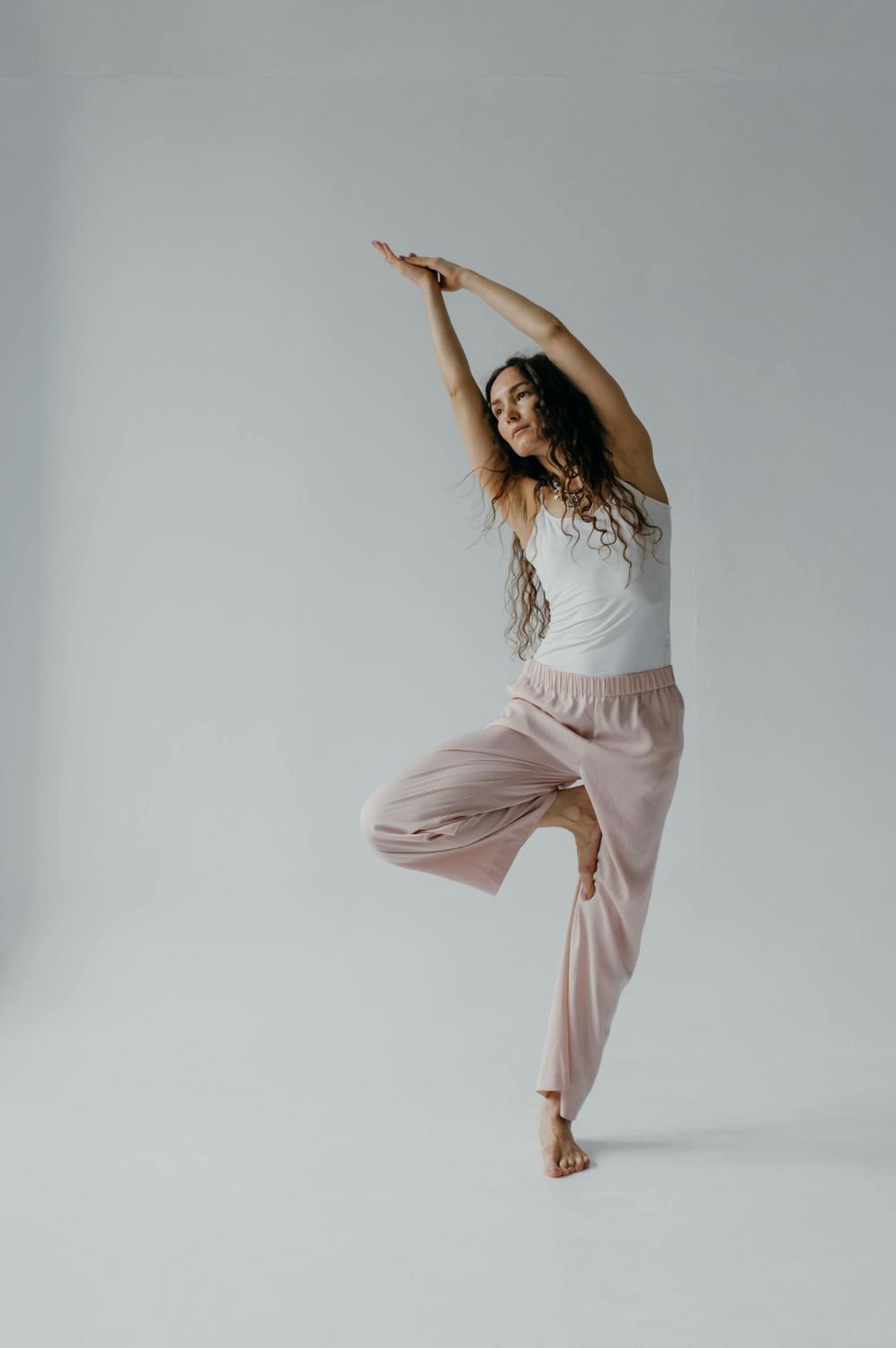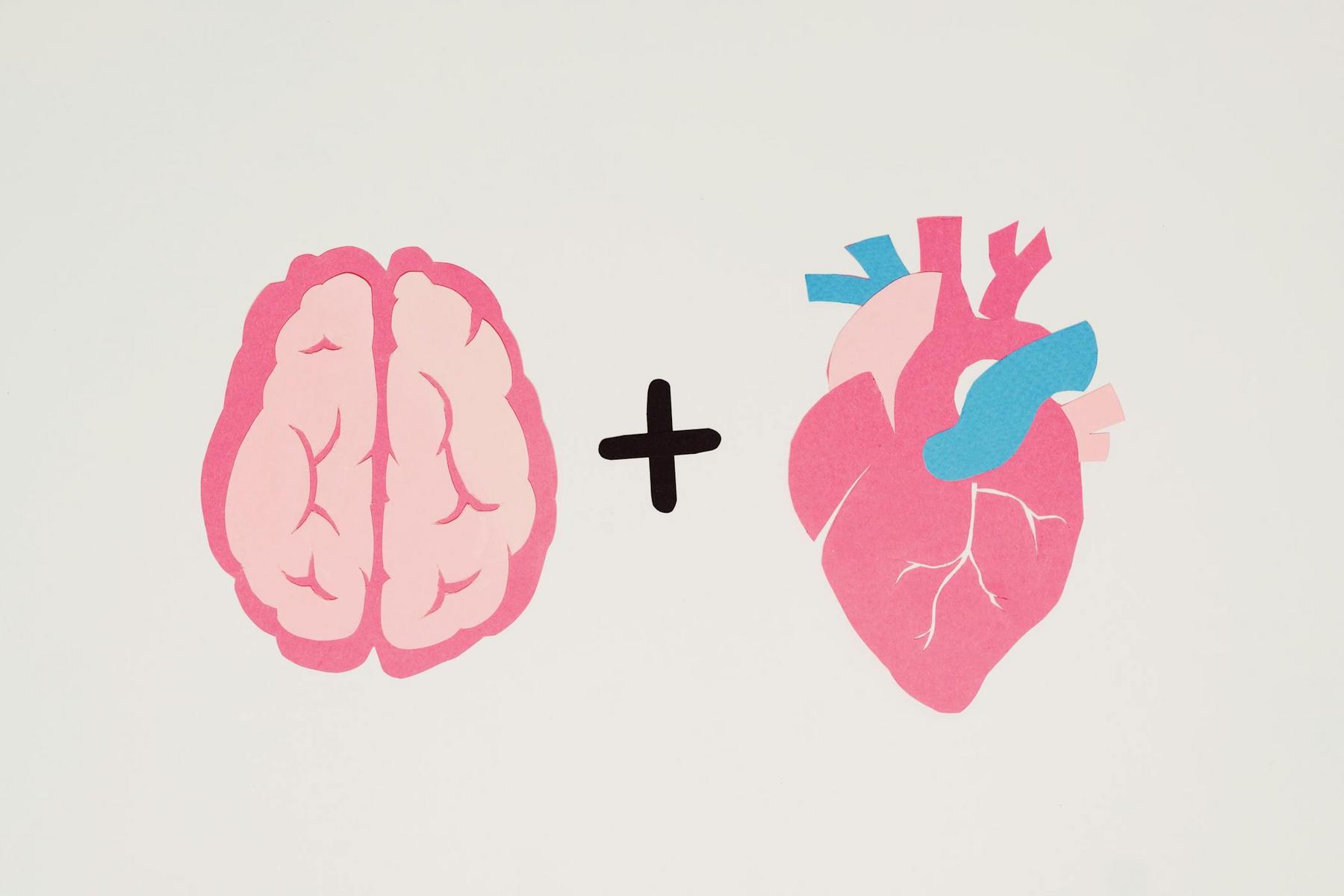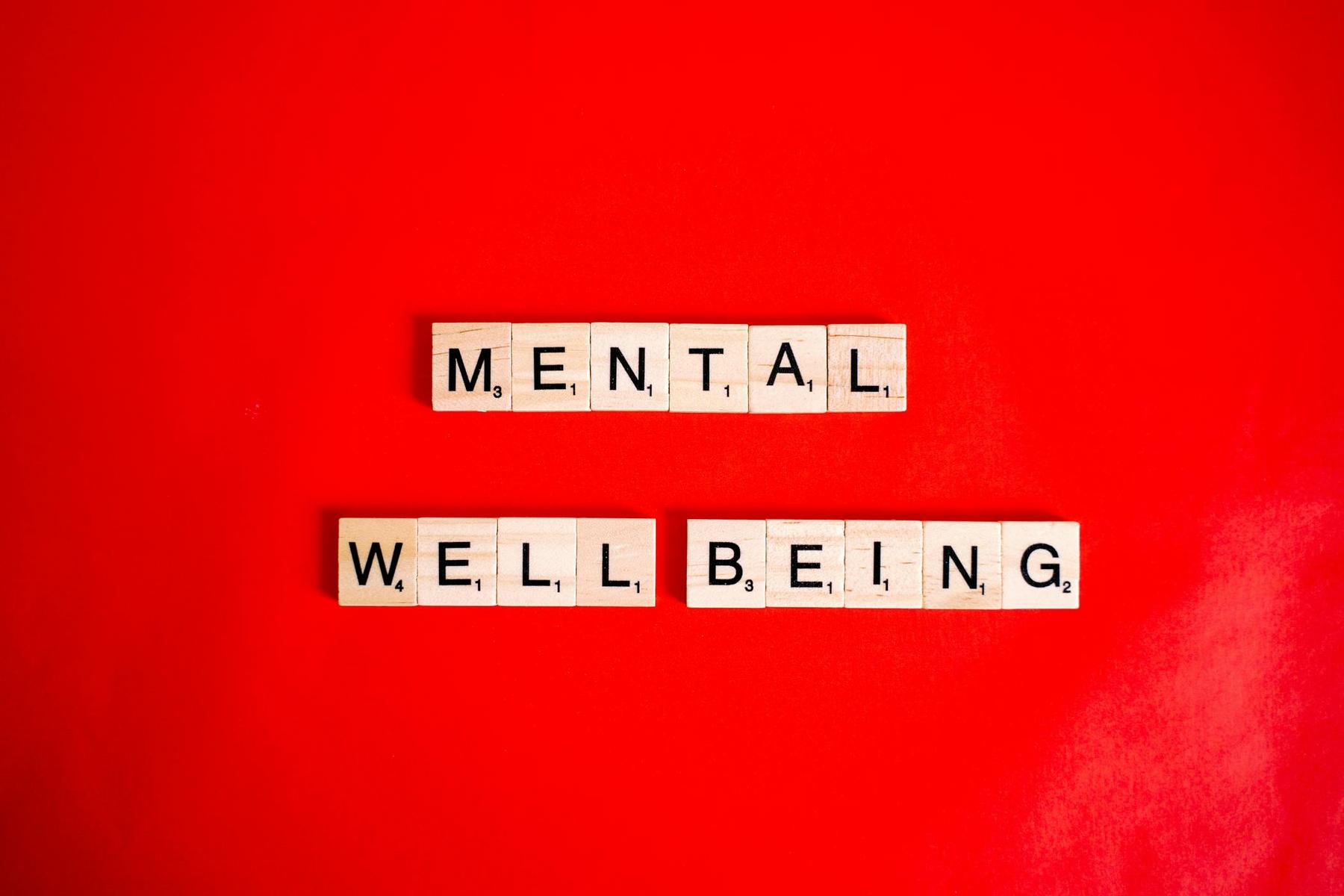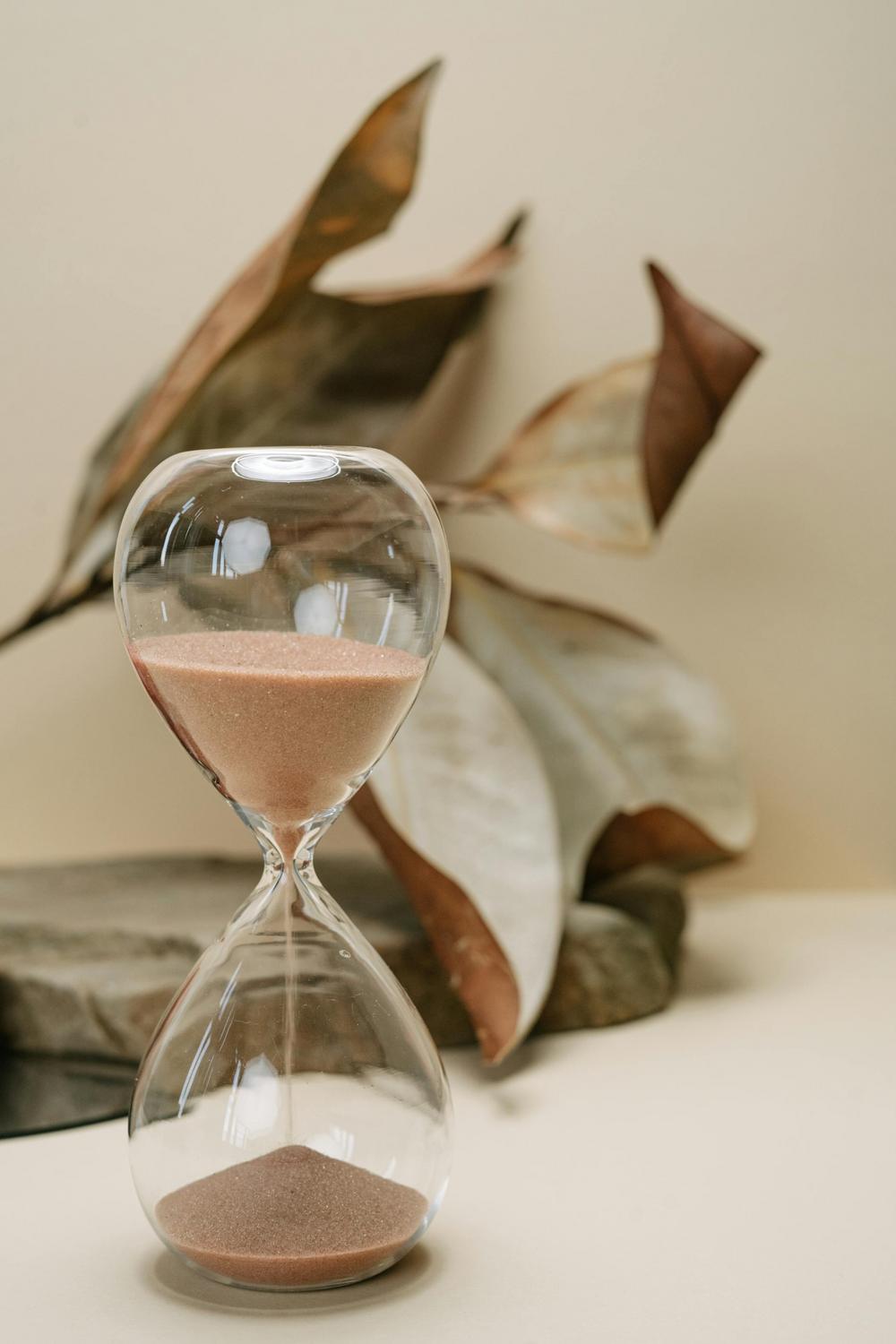In a world where mental health concerns affect over 20% of Australians annually, the search for effective, accessible wellness solutions has never been more urgent. Millions struggle with stress, anxiety, and chronic pain, often feeling overwhelmed by the complexity of available treatments and unsure where to begin their healing journey. The ancient practice of meditation emerges as a beacon of hope—scientifically validated, cost-effective, and immediately accessible to anyone willing to invest just minutes of their day.
Modern neuroscience has revolutionised our understanding of meditation’s profound impact on brain structure and function, revealing measurable changes that occur within weeks of beginning practice. These neuroplastic transformations affect areas responsible for emotional regulation, stress response, and pain perception, offering genuine relief for conditions that have traditionally been difficult to treat. Yet despite overwhelming scientific evidence supporting meditation’s effectiveness, many beginners feel intimidated by unfamiliar terminology, competing techniques, and uncertainty about where to start.
This comprehensive guide demystifies meditation techniques for Australian practitioners, providing evidence-based insights into the most effective approaches for newcomers. Whether you’re seeking stress relief, improved focus, better sleep quality, or simply a deeper sense of wellbeing, understanding the landscape of meditation techniques empowers you to make informed decisions about your contemplative journey. The path to inner peace and enhanced health begins with a single conscious breath—and the knowledge to choose practices that align with your unique needs and circumstances.
What Are the Core Meditation Techniques Every Beginner Should Know?
The foundation of effective meditation practice rests upon understanding several fundamental techniques that have been refined over millennia and validated through contemporary research. Breathing meditation stands as the most universally accessible approach, utilising the natural rhythm of inhalation and exhalation as an anchor for developing sustained attention and present-moment awareness. This technique requires no special equipment or beliefs, making it ideal for secular practitioners seeking evidence-based stress reduction and mental clarity enhancement.
The practice involves finding a comfortable seated position with the spine naturally erect, allowing shoulders to relax whilst maintaining alertness. Practitioners begin by taking several conscious deep breaths to settle into the session, then allow breathing to return to its natural rhythm without controlling or manipulating it. The instruction is elegantly simple: follow the sensation of breathing wherever it feels most prominent—whether at the nostrils, chest, or abdomen—and when the mind inevitably wanders to thoughts, gently return attention to the breath without self-judgment.
Mindfulness meditation expands upon breathing techniques by incorporating broader awareness of present-moment experience, including thoughts, emotions, physical sensations, and environmental sounds. This practice involves maintaining an observational stance toward whatever arises in consciousness, neither pushing away unpleasant experiences nor grasping after pleasant ones, but simply witnessing the constant flow of mental and physical phenomena. The cultivation of this non-judgmental awareness represents a fundamental shift from habitual reactive patterns, instead developing the capacity to respond thoughtfully to life’s challenges.
Body scan meditation offers another foundational approach particularly well-suited for individuals who find breath-focused practices challenging or who experience significant physical tension. This technique involves systematically directing attention through different regions of the body, typically beginning with the toes and gradually moving upward through the legs, torso, arms, and head, whilst observing whatever sensations are present without trying to change them. This practice helps develop somatic awareness, release physical tension, and train the mind to remain anchored in the present moment.
| Technique | Primary Focus | Session Duration | Best For | Key Benefits |
|---|---|---|---|---|
| Breathing Meditation | Breath sensations | 5-20 minutes | Stress reduction, beginners | Enhanced focus, reduced anxiety |
| Mindfulness Meditation | Present-moment awareness | 10-45 minutes | Emotional regulation | Increased self-awareness, better decision-making |
| Body Scan | Physical sensations | 15-45 minutes | Physical tension, pain management | Muscle relaxation, improved body awareness |
| Walking Meditation | Movement and breath | 10-30 minutes | Restless individuals | Integration of mindfulness with activity |
| Loving-Kindness | Compassionate intentions | 10-30 minutes | Relationship difficulties | Enhanced empathy, reduced negative emotions |
Walking meditation provides an excellent alternative for beginners who find seated practices challenging or who prefer integrating meditative awareness with physical movement. This practice involves maintaining mindful attention whilst walking at a deliberately slow pace, focusing on the sensations of walking, the contact of feet with the ground, and the coordination of movement with breathing. Whether practiced indoors or outdoors, walking meditation offers unique opportunities for cultivating mindfulness.
How Do You Choose the Right Meditation Practice for Your Lifestyle?
Selecting an appropriate meditation technique requires careful consideration of individual temperament, current stress levels, physical capabilities, and specific goals. The modern Australian lifestyle, with its long commutes and demanding work schedules, necessitates choosing a practice that aligns with personal circumstances. Breathing meditation is often recommended as a universal starting point due to its simplicity, accessibility, and effectiveness in stress management. For those dealing with physical tension, body scan meditation may be more beneficial, while walking meditation offers an alternative for individuals who prefer integrating movement with mindfulness.
Morning meditation is frequently recommended for beginners as the mind tends to be quieter and less cluttered with daily concerns, setting a positive tone for the day. However, individual rhythms vary, and the best approach is the one that fits into your daily schedule and lifestyle consistently.
What Health Benefits Can You Expect from Regular Meditation Practice?
Extensive research has documented a range of mental and physical health benefits attributed to regular meditation practice. One of the most significant benefits is stress reduction. Meditation activates the parasympathetic nervous system, reducing cortisol levels—the body’s primary stress hormone—and fostering improved mood and emotional balance. Lower stress levels contribute to better sleep quality, enhanced immune function, and reduced inflammation throughout the body.
Cardiovascular benefits are also well-documented. Regular meditation can lead to measurable improvements in blood pressure and heart rate, likely due to its effects on autonomic nervous system regulation and improved endothelial function. Additionally, modern neuroscience has revealed that meditation creates lasting changes in brain structure, such as increased cortical thickness in regions related to attention and sensory processing, along with a reduction in the size and reactivity of the amygdala—the brain’s center for fear and stress responses.
Moreover, meditation has been shown to play a role in pain management. Studies indicate that mindfulness meditation can reduce pain intensity, with effects that rival traditional pain management techniques. This analgesic effect is achieved through both neurological and biochemical pathways, making meditation a powerful complementary tool for managing chronic pain conditions.
How Do You Build a Sustainable Daily Meditation Routine?
Establishing a consistent meditation practice involves linking the new behavior to existing routines—a strategy known as habit stacking. Setting aside a dedicated space for meditation, even if it’s just a quiet corner with minimal distractions, can signal to the mind that it’s time to practice. Beginners are encouraged to start with very short sessions of three to five minutes and gradually increase the duration as they become more comfortable.
Creating small rituals around your meditation practice—such as lighting a candle or playing soft music—can further help signal the transition from daily activities to contemplative time. Tracking your progress with a journal or a meditation app can reinforce consistency and provide motivation. The ultimate goal is to seamlessly integrate mindful awareness into both formal practice sessions and everyday activities, creating a bridge between serene meditation and the demands of daily life.
What Common Challenges Do New Practitioners Face and How to Overcome Them?
New practitioners often encounter challenges such as physical discomfort and mental restlessness. Physical issues—ranging from back pain to leg numbness—can typically be addressed by adjusting sitting postures, using supportive cushions, or alternating between sitting and walking meditation. Mental challenges, including a persistently wandering mind, are normal and should be viewed as a natural part of the learning process. The key is to notice distractions and gently return your focus to your chosen point of meditation without self-judgment.
Unrealistic expectations can also undermine progress by setting the stage for frustration. It is important to understand that the benefits of meditation generally accrue gradually through consistent practice. Maintaining a process-oriented mindset—such as committing to a daily session—can help manage expectations and foster sustainable meditation habits.
Embracing Your Contemplative Journey: The Path Forward
The exploration of meditation techniques presented in this guide underscores the diverse approaches available for cultivating mindfulness and inner peace. Whether your goal is stress reduction, emotional regulation, pain management, or overall wellbeing, meditation offers a powerful, accessible tool that adapts to your individual needs. The journey begins with a single breath, a moment of awareness, and the commitment to explore the profound potential of meditation.
Looking to discuss your health options? Speak to us and see if you’re eligible today.
How long should beginners meditate each day to see benefits?
Beginners should start with just 3-5 minutes daily, focusing on consistency rather than duration. Research shows that even brief sessions can produce measurable benefits within 2-4 weeks of regular practice. Gradually increase session length by 1-2 minutes weekly as concentration improves. For many, 10-20 minutes daily offers optimal benefits for stress reduction and emotional regulation.
Which meditation technique is most effective for managing stress and anxiety?
Both breathing meditation and mindfulness meditation have strong research support for managing stress and anxiety. Breathing meditation provides immediate calming effects by activating the parasympathetic nervous system, while mindfulness meditation helps build long-term emotional regulation skills. Body scan meditation can also be helpful for alleviating physical symptoms of stress.
Is it normal for the mind to wander constantly during meditation?
Yes, it is completely normal for the mind to wander. The goal of meditation is not to eliminate thoughts but to notice when your attention drifts and gently bring it back to your focal point, such as the breath. This ongoing process of noticing and returning is the essence of mindfulness practice.
Can meditation replace professional treatment for mental health conditions?
Meditation should be viewed as a complementary practice to, not a replacement for, professional mental health treatment. While it can significantly reduce symptoms of anxiety, depression, and stress, individuals with serious mental health concerns should continue to consult qualified healthcare providers.
What’s the best time of day to practice meditation for maximum benefits?
Morning sessions are often recommended for beginners due to a quieter mind at the start of the day. However, the best time is when you can practice consistently without interruption. Some find evening meditation beneficial for stress release and improved sleep quality. The key is consistency rather than a specific time.


